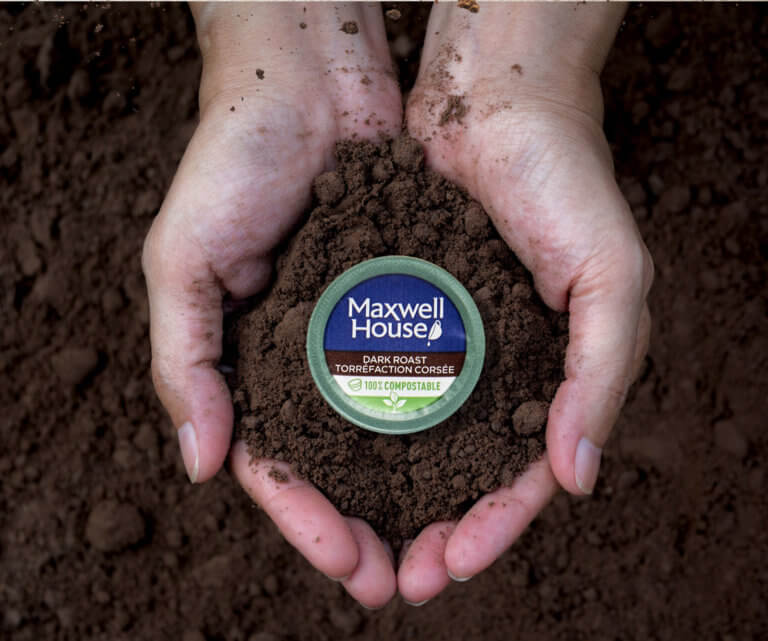It is estimated by the UN that by 2050, two-thirds of the world’s population will live in urban areas. This shift will affect shopping patterns as these densely populated urban environments influence their residents’ behavior; they are, after all, quite different than the less compact suburban and rural spaces.
In communities with a high population density, streets are more crowded and stores are more accessible. People move and make decisions differently in these types of spaces. They may make more frequent trips to grocery stores since one is often close by, or choose to eat out more often with so many convenient and diverse options. Since driving and parking are often a hassle in urban environments, citizens may choose to walk, cycle, take public transit, or use car share or taxi services. Living spaces are often smaller, and storage space can make the decision between buying, or not buying, a particular product.
Urban lifestyles require more product packaging options to address these challenges. Space-saving solutions or easy-carry features can make customers’ lives easier and make products more desirable. Sustainability is another important quality to consider, especially in concentrated, highly populated urban spaces so that waste can be managed. The three packaging challenges of transportation, storage, and sustainability in urban environments also correspond to different phases after a product is purchased: getting it home, storing it, and discarding it.
Challenge 1: Transportation
In many cities, car ownership is not necessary due to more walkable spaces and alternate forms of transportation. And yet, for those without a car, large shopping trips are difficult because product weight, size, and shape are considered in every purchase decision. Walkers and cyclists can only carry so much, and sorting out shopping bags on public transit is stressful. Package design that considers these challenges will better connect with customer needs. For example, does your packaging have a handle or is it compact enough to fit inside a bag? IKEA is one brand that demonstrates this thinking and focuses on easy product transportation. Although most customers still use cars to take IKEA purchases home, flat packs and rolled-up mattresses make transportation easier. Protection from the elements is also important to consider for customers without cars: does your packaging protect from precipitation, accidental drops, and dirty subway floors?
From a retail perspective, one strategy to address the lifestyle of urban customers is to encourage frequent trips for customers who cannot carry large amounts. Many stores have implemented “urban” small-format stores that are in convenient locations where customers can quickly and easily grab a few items whenever they want. Alternatively, delivery and subscription services solve the transportation problem and have grown tremendously in recent years. Another strategy is to make your store a destination that is worth driving to, such as Costco. Buy-in-bulk stores are places to stock up on essentials, and if customers are going to drive to a store, it is likely that they want to make one big trip less often.
Challenge 2: Storage
Storage at home is important to consider since living spaces are often smaller in urban environments. While you still want your brand to stand out in a store, unnecessary packaging that takes up a lot of space or will be discarded immediately can be an annoyance to customers. Packaging that makes product use and storage at home easier will better connect to their needs.
The following questions are important to consider when thinking about your package design:
- Does your packaging easily fit within cupboard, freezer, or fridge shelves?
- Is it stackable?
- Does it have smaller format versions for customers with limited space?
- Many people today are living alone in small spaces; do you offer single-serve or smaller options?
- Is your packaging functional and minimal?
Challenge 3: Sustainable Disposal
With a large number of people in a concentrated area, packaging waste can quickly become a problem. Asking the below questions can help keep urban environments cleaner and avoid a wasteful brand image and negative attention from seeing your package lying in the streets. Many customers will also feel better about purchasing from a brand that is concerned about the environment and committed to sustainability.
- Can your package be easily recycled, reused, or composted?
- Does it fold down to fit in small recycle bins?
- Does it encourage refills or continued use after the product is gone?
In large cities, space is limited and more options are available. If you consider how your packaging helps make transportation, storage, and disposal easier, it will have a more positive impact on urban environments. Considering urban lifestyles will also help your brand think long-term and be more prepared for future customer needs. For example, Maxwell House introduced zero-waste pods to the Canadian market. The fact of 100% compostable pods is conveyed via the front and side panels of the packages.

Image Source: SLD

